
Skin Rashes in Newborns
Baby's skin rashes are very common. Infant’s skin is very sensitive, and it usually reacts to various environmental factors. Even though most of the parents keep their children clean, safe and comfortable, baby skin rashes often affect small children. These rashes cone in various forms and shapes, and may often look very disturbing, even if they are completely harmless. The first step in treatment is to collect a lot of knowledge about baby skin rashes, to learn how to distinguish them one from another and learn how they affect the body. If a rash appears with other symptoms such as fever, poor feeding, lethargy, or respiratory problems, parents should seek medical help as soon as possible. Treatment is also advised whenever a child suffers from a lot of discomfort due to the skin rash.
Common Rashes in Newborns
Neonatal acne, also known as pink pimples, is a small rash that usually affects the nose and portions of the cheeks. It usually peaks at two months and does not need any kind of special treatment, except some gels or ointments to avoid prolonged discomfort of the child. Pink pimples are possibly caused by increased sensitivity of the infant's sebaceous glands to maternal hormones during pregnancy.
Erythema toxicum is another common rash in infants that typically occurs up to five days after birth. It appears as blotchy red spots on the skin with white or yellow papules on top. The cause of this condition is unknown, but it is completely harmless and resolves without any treatment in about 2 weeks.
Milium is another common skin condition that appears as small white pimples under the skin. These are actually a keratin-filled cysts caused by blocked oil glands. In most cases, milium resolves in a couple of days or weeks.
Salmon patches, also known as Angel’s kisses or Midline nevus flammeus appear as benign irregularity on the skin, which is present at birth or appears shortly after birth. This is simply a vascular birthmark that fades away in a couple of weeks.
Neonatal jaundice is a yellowing of the skin and other tissues. This condition affects up to 60% of babies in the first week of life. In most babies, early jaundice is harmless and treated by the use of phototherapy and exchange transfusion.
Mongolian spots or congenital dermal melanocytosis are flat benign birthmarks of an irregular shape found on some babies. These birthmarks typically disappear three to five years after birth. They can be blue, grayish, or even deep brown.






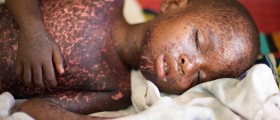

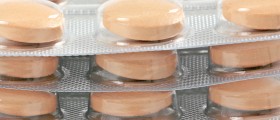
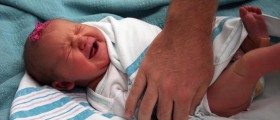
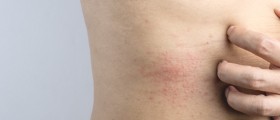



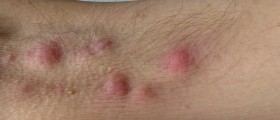


Your thoughts on this
Loading...